#heidi
Explore tagged Tumblr posts
Text
Analysis of a Boss Kill: A15 RELICLESS Sentinel 8 OP
To start off, you should watch this video. It's rad as fuck. High level Arknights play literally fucks. But I really want to talk about the Phase 1 kill because It's a great example of a million different factors coming together. So, let's talk Sentinel for a moment.
Sentinel doesn't introduce us to a Crazelyseon with fancy new abilities or anything, except for it's different movement pattern. This is actually a boon for this Phase 1 kill, as it means you don't need to retreat and redeploy the operators later or wait for the boss to cycle back. But it does change one thing in particular: the Dimensional Anchoring Pylon. It now makes the boss vulnerable for five seconds instead of the traditional 10. You have an extremely limited amount of time to get your damage in, and this means that your options for DPS are extremely limited. Given Crazelyseon's modest DEF of 1,875 and its fairly meaty RES of 50, this leaves one choice as the prime DPS operator: Degenbrecher.
Degenbrecher can do her entire S3 in that five second window, since the 10 slashes take about 3s to come out and the final slash comes out in less than 2. This is basically unmatched for the conditions we need. Wis'adel, if you time it almost exactly right, can get two attacks off if she is not on a seedbed, for comparison. Degenbrecher works really well with buffs of any kind, and two buffers are used in this clear: Heidi, and Shu. Shu is fairly self-explanatory since in a low-op clear she is a good source of healing because Crazelyseon does insane damage on A15, but Heidi might need some explanation.
Why Heidi? It's pretty much all about skill cycles, although she does also do a pretty good job of buffing too: the 9% Attack buff from her Talent does a lot of work in a game-mode where all Operators have 23% more ATK from the IS4 buffs. The Dimensional Anchoring Pylon takes 40 seconds to charge fully, and makes Crazelyseon vulnerable for 5 seconds. The Pylon will start immediately charging after the skill is used (EDITING NOTE: Missed this the first time because the bar was stuck in the green of a deploy tile!), so the cycle is 40 seconds.
Since Heidi's skill is active for 10 seconds and has a 20 SP charge, meaning she will have a cycle time of 30 seconds. Good!
Sora's cycle is 75 seconds typically (30 + 45) which is quite bad for what we're doing. If she gets the refund, she will have a cycle time of 48 seconds, which is just shy to have her skill ready in time. In addition...Sora is actually less impactful! With her talent and her Inspiration buff, Heidi gives 687 ATK to Degenbrecher, while Sora only provides 541 ATK. Sora's benefit is her long duration, not the size of her buff! So she's flatly worse in every regard.
Civilight Eterna's skill cycle is 70 seconds, so too long for what we're doing. Even though she might also do some true damage, she provides less ATK to Degenbrecher and the true damage isn't enough to make up the skill cycle lost.
Skadi Alter does provide more ATK at 760 and the benefits of true damage on her skill. However, tragically, her skill cycle is still too long at 55 seconds. "Does the five seconds matter?" Yes! If you watch the video closely, the third burst on the boss (the first one for phase 2) finished just before the boss teleports! You're on a timer to get your damage in, and the extra 10 seconds Skadi Alter would need over two bursts can't be spared. There is also the additional factor that this is IS, and Heidi is a 5-star operator compared to Skadi Alter's 6-stars. This means she costs 6 less Hope overall, and Hope management is really important in IS4 as a whole.
So basically, Heidi is the only buffer that will work here. Heidibrecher is basically the gold standard for A15 Sentinel as a result. I hope they're fucking nasty.
Ela is also a really powerful damage support here, not just because of the 35% Fragile she provides powering through the boss's 15% Damage Resistance, but she is also important as a sub DPS to Degenbrecher. Thanks to the attack interval reduction on her S3 reducing her attack interval to 0.5 seconds, she can actually attack 9-10 times depending on timing against the boss. She doesn't do as much damage as Degenbrecher, only about 35% of Degenbrecher's damage, but that 35% damage is important.
Heidibrecher alone isn't enough to defeat the boss. Even with Shu's help, the combo only does 176,713 damage in total over the two bursts, only 75.3% of the damage needed to force a phase change. You could wait and do a third burst since you know you have the time, but Crazelyseon's pattern is way more erratic in Sentinel, so it's best to get it done in the time you can. Ela ends up making the damage in damage.
This phase change is insanely close: Ela and Degenbrecher do, together, 238,738 damage to the boss. It's a combination that does 102% of the bosses HP. You only have 4,844 damage in overkill. It's impressively clean. You can drop exactly one Ela attack, but not anymore than that.
The clear in general fucks and I really enjoy it. Angelina is a deeply silly operator and the combination of Ela / Wis'adel / Ines / Angelina to effectively deal with all the enemies is super cool. Trapping Shattered Champions in the blue box gives me fucking stomach acid. They move at 2.5 tiles a second! That has to be insanely hard to just eyeball.
The math for everyone will be down below. I don't know how many decimals Arknights keeps track of, so there is some very small rounding errors. For example, my final attack damage for the first burst's Degenbrecher final attack damage is one point off what is displayed. That's a rounding error of 0.00985% but it felt wrong to not mention it! I am a doll most at home in spreadsheets after all.
Degenbrecher ATK (Base): 758 Degenbrecher ATK (Stage Buff): 932.34 Heidi ATK (Base): 381 Heidi ATK (Stage Buff): 468.63 Heidi ATK (Trait + Talent Buff): 548.2971 Heidi Inspiration Buff: 603.12681 Degenbrecher ATK (Heidi Talent Buff): 1,016.2506 Degenbrecher Total ATK: 1,619.37741 Crazelyseon, the Ascedent of Cosmoi DEF: 1,875 Crazelyseon, the Ascendent of Cosmoi DEF (Talent): 1,312.5 Crazelyseon, the Ascendent of Cosmoi DR: 0.85x Ela Fragile: 1.35x Degenbrecher Slash Damage: 6,749.49007086440625 Total Slash Damage: 67,494.9007086440625 Final Attack Damage: 10,147.7383840861875 Total Skill Damage: 77,642.53909273025
w Shu
Heidi ATK (All Buffs): 665.4546 Heidi Inspiration Buff: 732.00006 Degenbrecher ATK (All non-Inspiration Buffs): 1,249.3356 Degenbrecher ATK (Total): 1,981.33566 Degenbrecher Slash Damage: 8,628.4164777339375 Total Slash Damage: 86,284.164777339375 Final Attack Damage: 12,786.230785222125 Total Skill Damage: 99,070.3955625615
Total Damage from Degenbrecher: 176,712.93465529175
Ela ATK: 755 Ela ATK (Stage Buff): 928.65 Ela ATK (S3 + Heidi Buff): 1,848.0135 Ela ATK (Inspiration Buff): 2,451.14031 Ela ATK Damage: 2,911.267810305 Ela Attacks (Burst 1): 10 Ela Total Skill Damage: 29,112.67810305
Ela ATK (S3 + Shu + Heidi Buff): 2,080.176 Ela ATK (Inspiration Buff): 2,812.17606 Ela ATK Damage: 3,656.987.15193 Ela Attacks (Burst 2): 9 Ela Total Skill Damage: 32,912.88436737
Total Damage from Ela: 62,025.56247042
Total Damage to Crazelyeon: 238,738.49712616175
21 notes
·
View notes
Note
Hey, You know what would be REALLY funny? If at some point during the trial, Weiss called forward some witness testimonies to the stand to showcase the king's pattern of lustrous and inappropriate behavior. And one one them happened to be the friend/coworker that Mei-Lyn betrayed!
PIECE BY PIECE - Heidi 💌

HERE SHE IS!!!!!!!!!!!!!!!!!!!!!! SHE'S SO GIRLYPOP!!!!!!!!!!!!!! HI HEIDI!!!!!
1K notes
·
View notes
Text





vampiric and lycan dances from around the world 💛✨
#libra and glynn (soutenue & magnet flirt) belong to stylincheetah <3#french art#french artist#french illustrator#french illustration#french artwork#vampire oc#werewolf oc#vampire x werewolf#ocs#oc#vampire au#dreamers#dms i#dms ii#aheran#april#soar#libra#glynn#heidi#myeart
538 notes
·
View notes
Text




SOPHIE NÉLISSE as SHAUNA SHIPMAN Yellowjackets 2.09 “Storytelling”
#yellowjackets#yellowjacketsedit#shauna shipman#shaunashipmanedit#s2#2x09#ours#heidi#gifs#userheidikins#userairi#useradds#usercleo#tuserju#tuservaleria#userrin#tuserambs#usergoose#userbess#usermaguire
545 notes
·
View notes
Text



❚❙❘❙❚❘❘❙❘ ▖ ` 🔞 @’s 💵 ࣪ 👅
▔ . . 🌴 #𝕯𝗚 ▄ ▂



#heidi ayala#heidi#fakeland#messy#messy icons#messy moodboard#aesthetic#moodboard#mb#summer vibes#summer
422 notes
·
View notes
Text

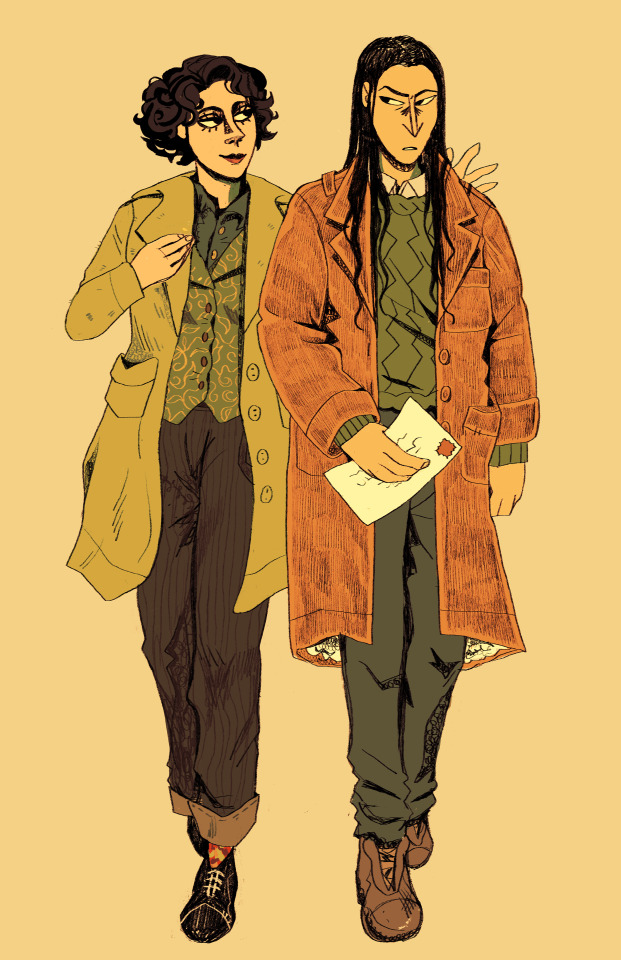
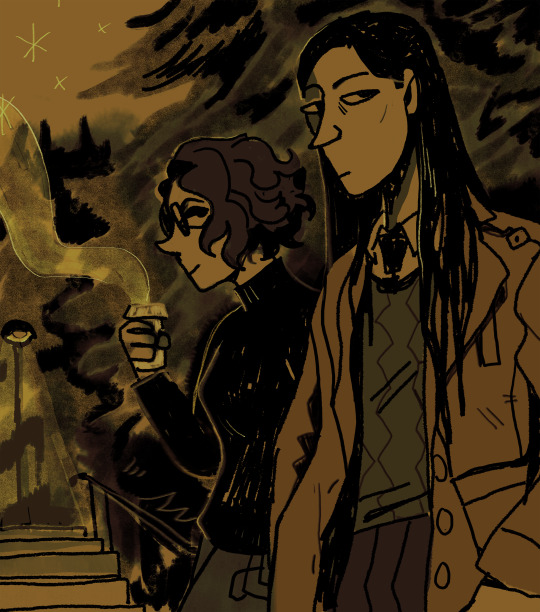
this too is yuri (the relationship between me and two of my own characters i love too much)
#my art#oc#mika#heidi#anthro#furry#the rare human art from me. my love for them surpasses my insecurity about never drawing humans until it was almost too late#ALMOST....but not quite....i hope. i think i'm improving i think i'm getting the hang of it to some extent#human heads are just so long and also flat and also hard to make look right in a way animal heads aren't#presumably because the human brain is so conditioned to recognise other humans that it immediately notices mistakes#(making excuses)#anyway i forgor to post these before art fight started so here they are now
1K notes
·
View notes
Text
It's years old by now, but I'm finally reading A Walk in the Dust, and can I just say hhhghhghghghghghg

woooooof! I love how everyone immediately starts thirsting after her at the dinner party, I Get It


Also Heidi's gay awakening is adorable

Kal'tsit with the "Come find me in seventeen years and then we'll talk."

Kal'tsit so rarely smiles, so seeing it is always a treat


"Hehe, how tall are you?"
"About 169cm, 173 with the ears."
*Twirling hair: "With the ears! Oh my god, you're SO funnyyyy!"
I can only hope that Heidi shoots her shot in earnest when she's a 30-something romance novelist

191 notes
·
View notes
Text




アルプスの少女ハイジ (Heidi, Girl of the Alps) by Matsumoto Katsudi, 1938.
#松本かつぢ#heidi#katsudi matsumoto#matsumoto katsuji#vintage illustrations#vintage shoujo#retro shoujo#30s#fav
301 notes
·
View notes
Text
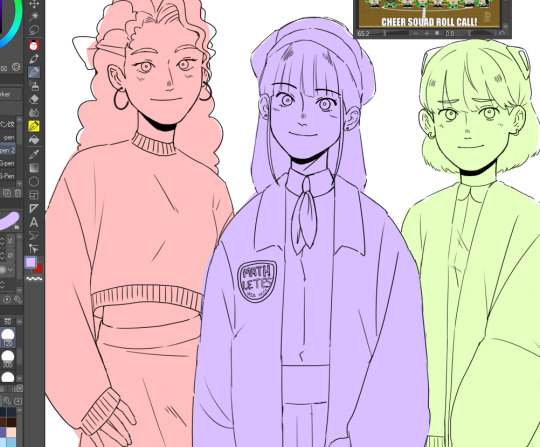
girls! girls! girls! WIP!
#im bHACK baby!#almost done- 4 more ladies left!#wendy#bebe#heidi#these are their highschool designs btw! so a little different their canon outfits#my art#doodles#south park#south park art#south park fanart#also thank you so much for all of the requests omg#KEEP EM COMING IM HAVIN GSO MUCH FUN
194 notes
·
View notes
Text
People maybe can get tired of this kind of opening of Ranma remake but it isn't my case,each are so original,new and entertaining like this one with all those Heidi opening references that if you grow up with that anime is able to touch your feelings and make you smile.




229 notes
·
View notes
Note
Hola, puedes hacer un mb con esta foto? Porfa



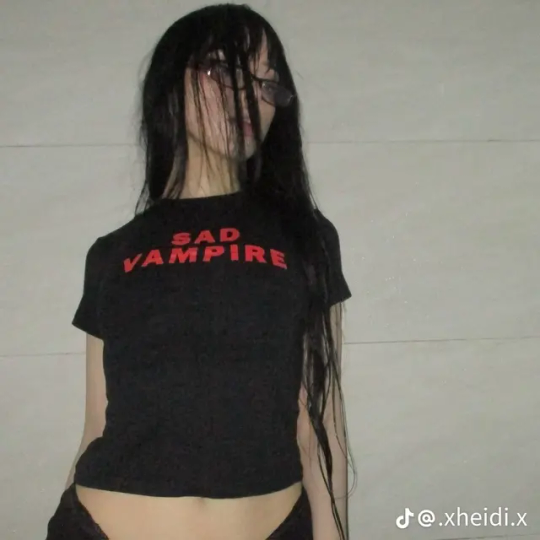
💊 ▄ ضؖܮ▕ ▋ 🌴 ▁ 🚭



#heidi#heidi moodboard#heidi icons#heidi mb#fakeland#rp moodboard#kpop moodboard#moodboard#tropical moodboard#kpop#random moodboard#tropical#argentina#brasil#messy moodboard#messy bios#messy icons#messy layouts#gg icons#kpop icons#icons#girls icons#60s icons#kpop bios#cute bios#link in bio#short bios#biografía
81 notes
·
View notes
Text
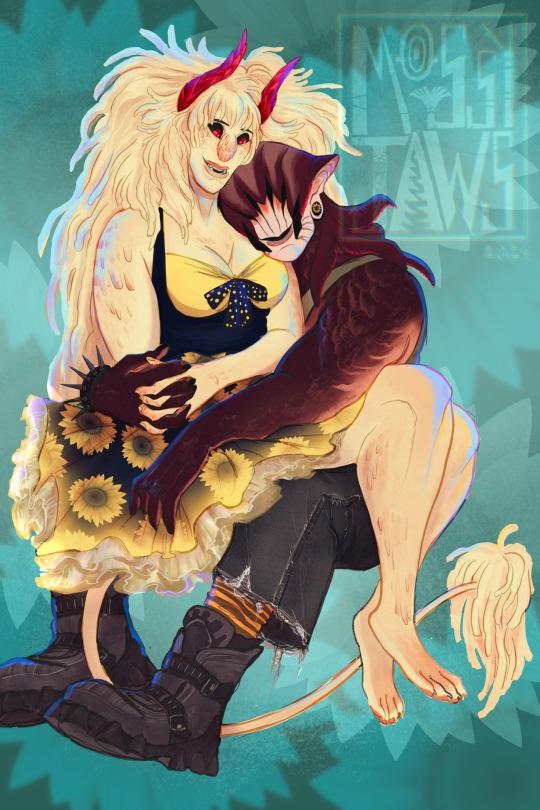
Random art of Ari (the one with the dress) and her girlfriend Heidi, who I haven’t properly introduced yet C: but I wanted to share anyway. I Liked the idea of giving Ari ‘paws’ since she’s based off of the lion mane mushroom anyway.
And listen, I’m not immune to the pretty femme/metalhead butch aesthetic trope ok? Ok.
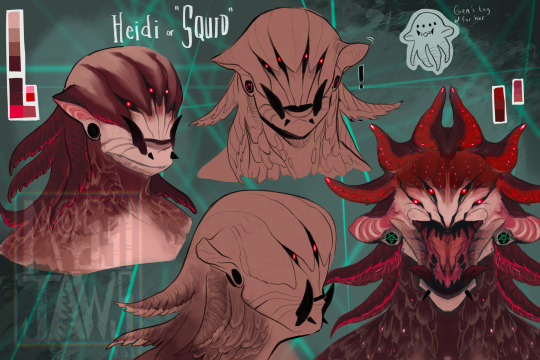
Heidi is a ‘Bloomface’ Fungal Nymph. Bloomfaces are known for their distinct appearances, usually having mandibles or colorful growths, giving them a more alien look. It’s supposedly caused by mutations used by fungal nymphs who grew up on islands with more colorful, exotic plant life and dangerous land dwelling animals.
#ari#heidi#fungal nymph#monster art#Heidi has four functional eyes and they’re all for Ari#i based Ari’s dress off of one of those fake ads I’ve been seeing pfft#i think she looks pretty good in yellow#hallowed carrion
302 notes
·
View notes
Note
Heidi gettin a lil too relatable I fear

It shouldve been obvious the moment i said she was a war veteran... She's very clingy and desperate for positive affirmation and stability...
555 notes
·
View notes
Text




happy birthday aheran!! you are loved, no matter the universe 💛💐
#barn owl oc#vampire oc#french art#french artist#french artwork#french comic#dreamers#dms i#dreamers comic#vampire au#aheran#heidi#reim#ocs#oc#myeart
472 notes
·
View notes
Text

Johanna Spyri, Heidi
2K notes
·
View notes
Text
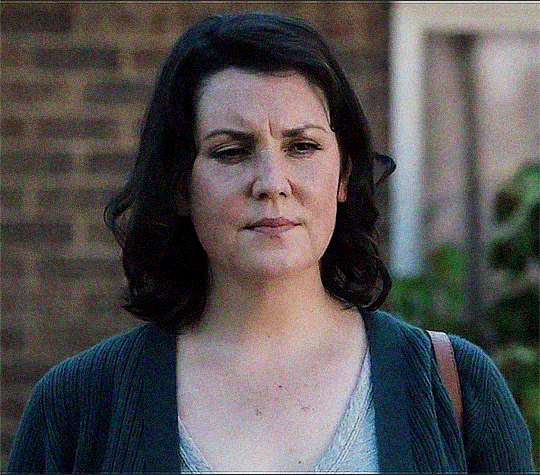
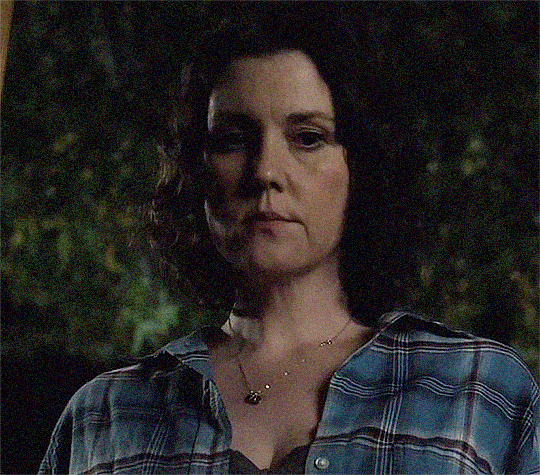

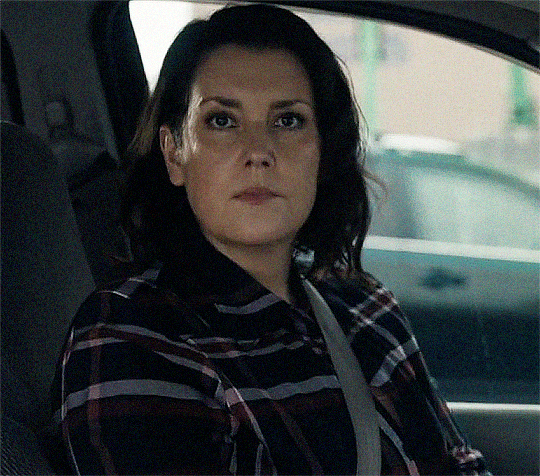
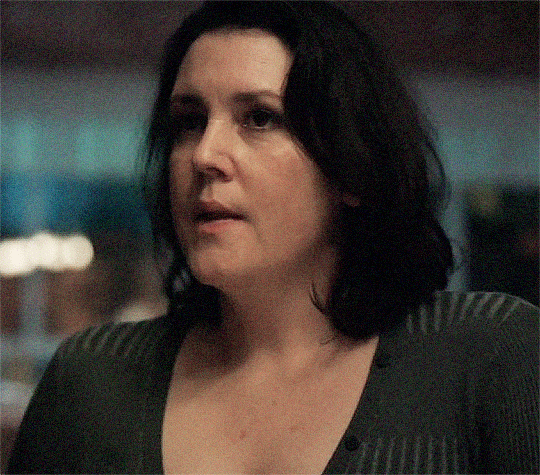
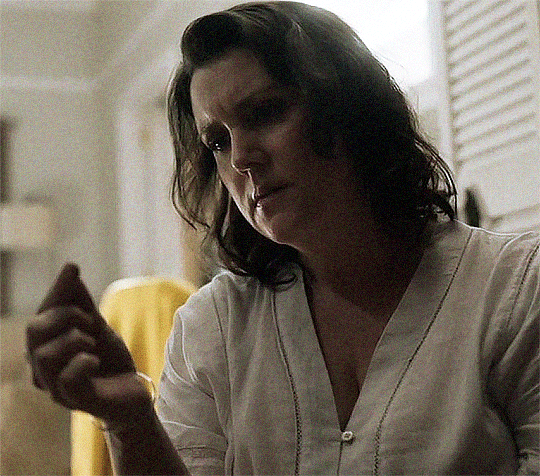
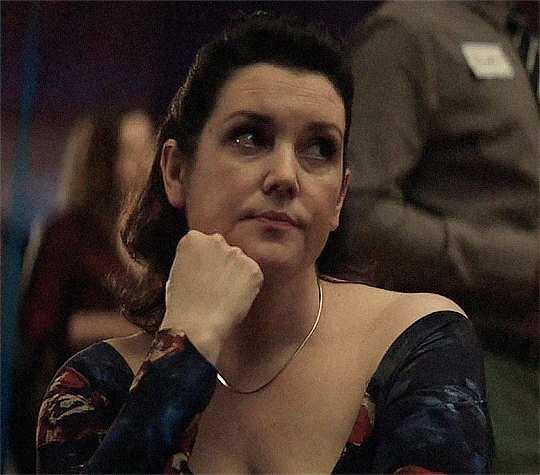
MELANIE LYNSKEY as SHAUNA SHIPMAN in YELLOWJACKETS (2021-)
#userheidikins#shauna shipman#s1#multi#gifs#ours#heidi#shaunashipmanedit#yellowjacketsedit#usertj#usercleo#useradds#userriel#antlerqueen#userbess#underbetelgeuse#chaoticroad#userdanahscott
280 notes
·
View notes